TPW Magazine — Texas Brigades
Tuesday, September 12th, 2017This is Passport to Texas
Texas Brigades is a wildlife and natural resource focused leadership development program for youth, 13 to 17.
Texas Brigades has been around for 25 years. It started out as Bobwhite Brigade back in 1993, and then it just kind of morphed.
It’s morphed into is eight summer camps, each with a different conservation focus. Aubry Buzek [Byu-zik] wrote about the Brigades for the October issue of Texas Parks and Wildlife magazine.
What was really interesting is that these camps are not necessarily about learning about one particular species. At Bobwhite Brigade, they were learning a lot about quail—and they had biologists there teaching them about quail. But that wasn’t the overall goal of the program. It was about being comfortable with public speaking, comfortable talking with their peers. Debating.
These five-day intensive camps incorporate military marching and cadence, and introduce students to experts and activities that challenge and
I talked to a lot of parents after graduation and they were like, ‘Who is this kid?’ I saw it too. That confidence. A lot of parents said they didn’t expect their kid to know just so much. But, in addition to that knowledge, these kids are loud, and they’re marching, and they make a lot of friends. It really is a transformative camp.
Read Aubry Buzek’s story about the Texas Brigades in the October issue of Texas Parks and Wildlife magazine.
For Texas Parks and Wildlife…I’m Cecilia Nasti.
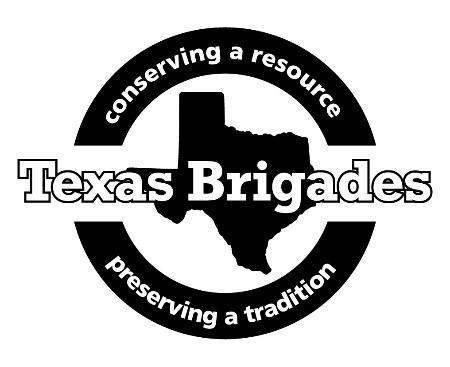

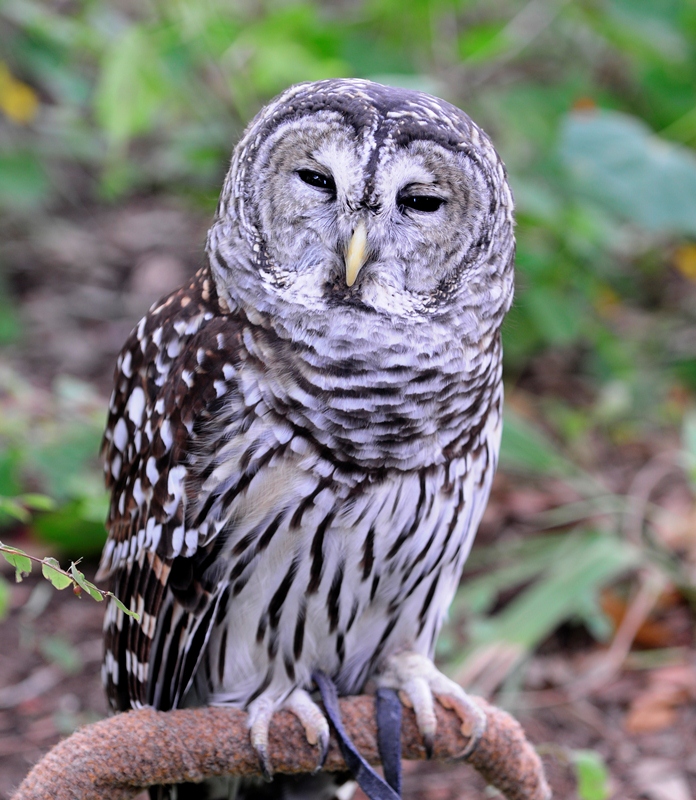
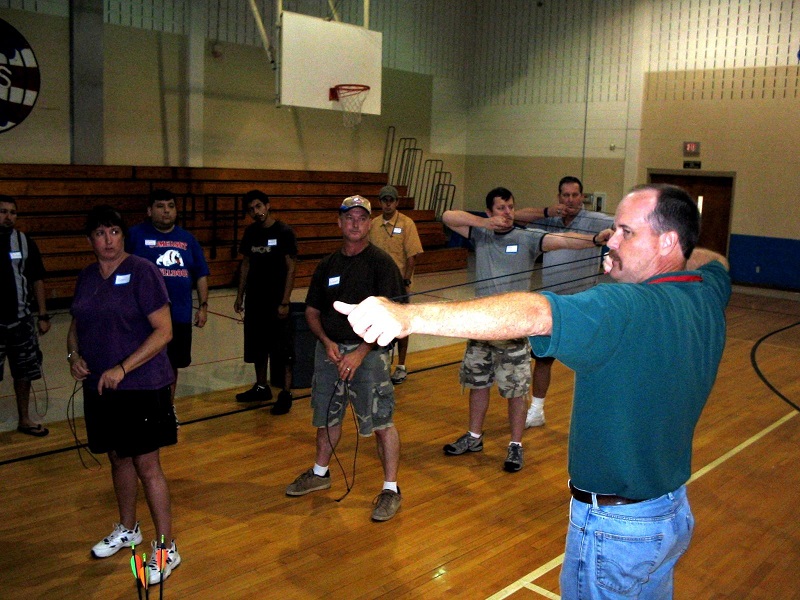
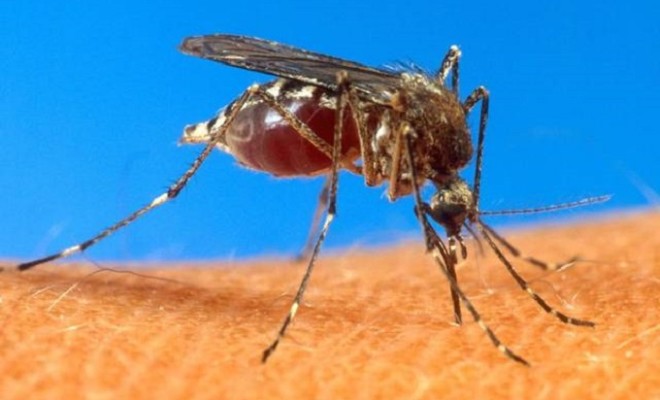
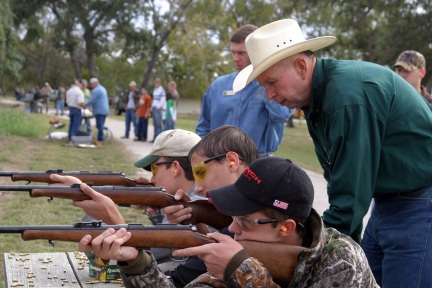

 Passport to Texas is a
Passport to Texas is a  Passport to Texas is made available by:
Passport to Texas is made available by: